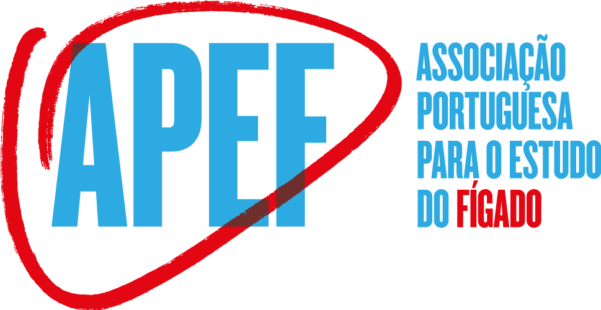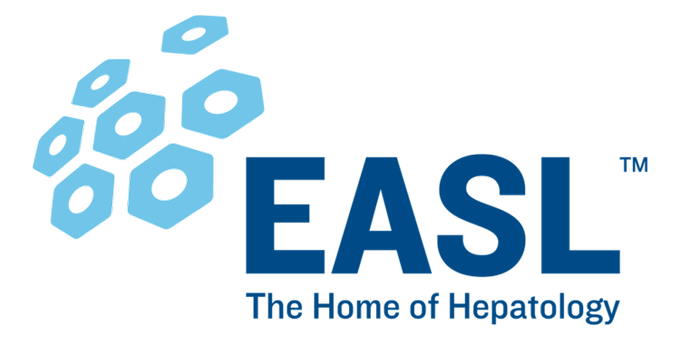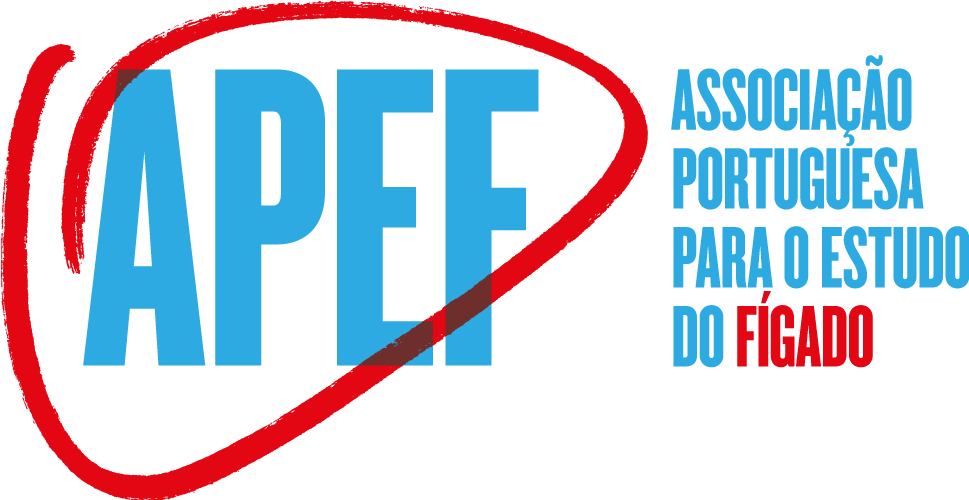Doenças Colestáticas ou autoimunes 2015
Introduction
Autoimmune hepatitis (AIH) was the first liver disease for which
an effective therapeutic intervention, corticosteroid treatment,
was convincingly demonstrated in controlled clinical trials.
However, 50 years later AIH still remains a major diagnostic
and therapeutic challenge. There are two major reasons for this
apparent contradiction: Firstly, AIH is a relatively rare disease.
Secondly, AIH is a very heterogeneous disease.
Like other rare diseases, clinical studies are hampered by the
limited number of patients that can be included in trials. Possibly
and more importantly, the interest of the pharmaceutical industry to develop effective specific therapies for rare diseases is limited due to the very restricted market for such products. The wide
heterogeneity of affected patients and clinical manifestations of
the disease limits both diagnostic and further therapeutic studies.
AIH’s age spectrum is extremely wide, it can affect small infants
and can manifest for the first time in octogenarians. AIH can run a
very mild subclinical course or be very acute, rarely leading to
fulminant hepatic failure. AIH sometimes demonstrates quite
dramatic disease fluctuations with periods of apparent spontaneous remissions, acute flares and/or smouldering disease. AIH
can be associated with a number of other hepatic conditions, in
particular the cholestatic liver diseases; primary biliary cirrhosis
(PBC) or primary sclerosing cholangitis (PSC), but also with
drug-induced liver injury (DILI), alcoholic or non-alcoholic
steatohepatitis (NASH) or viral hepatitis. Each condition provides
special diagnostic and therapeutic challenges. Despite these challenges and complexities, diagnosis and treatment of AIH has seen



